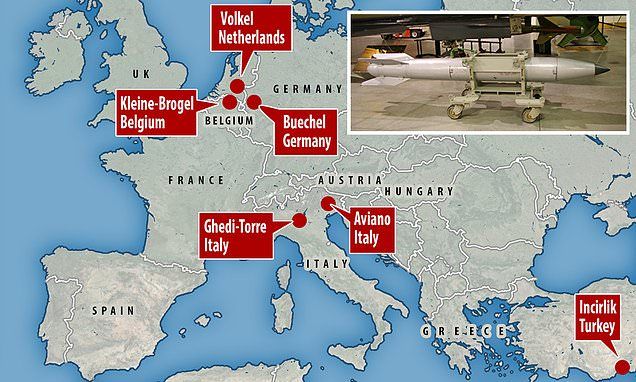The X3 is made possible thanks to a collaboration among NASA, Aerojet Rocketdyne, the Caltech Jet Propulsion Laboratory, and the University of Michigan.
It’s a new type of propulsion engine that smashed records during test firings. This engine and other electric propulsion systems will help us reach distant planets faster than ever before.
How NASA’s Rover Team Reimagined Mars 2020 https://www.youtube.com/watch?v=O9YBPRF3o5w&
Subscribe! https://www.youtube.com/user/DNewsChannel
Thruster for Mars mission breaks records.
An advanced space engine in the running to propel humans to Mars has broken the records for operating current, power and thrust for a device of its kind, known as a Hall thruster.
Plasmadynamics & Electric Propulsion Laboratory.
The PEPL mission: Make electric propulsion (EP) devices more efficient and of better performance Understand spacecraft integration issues that could impede the widespread use of these devices on scientific, commercial, and military spacecraft Identify non-propulsion applications of EP systems.
NASA Plans to Build a Moon-Orbiting Space Station: Here’s What You Should Know





